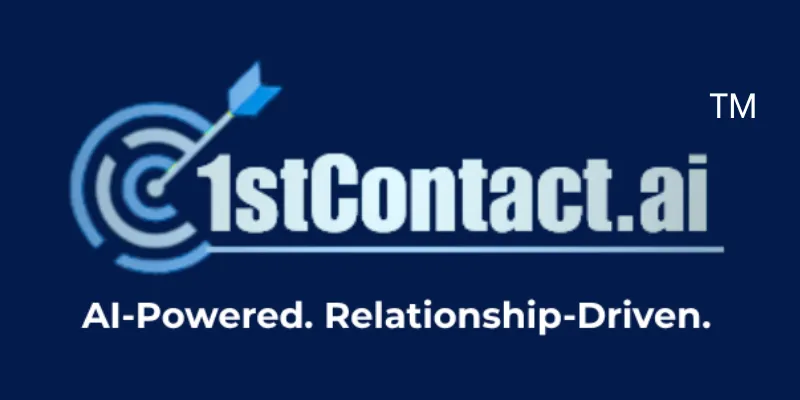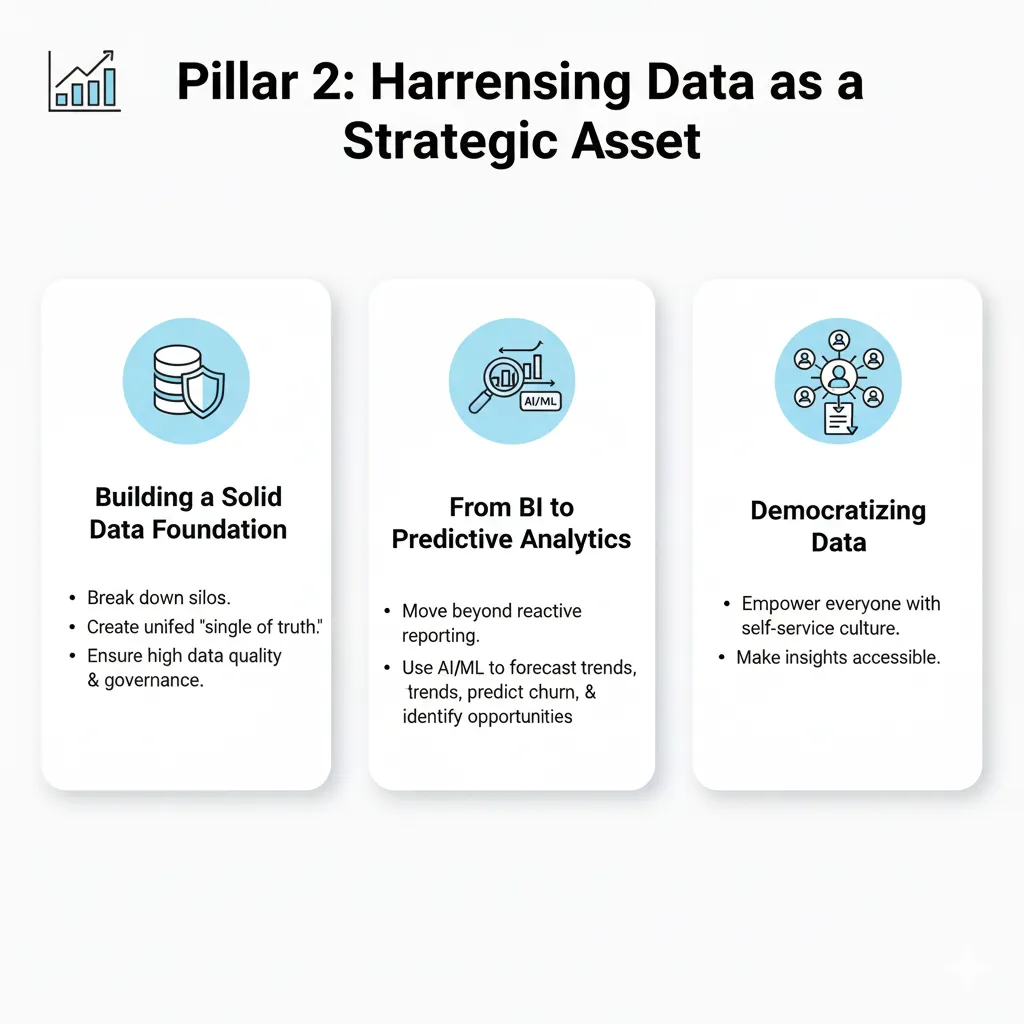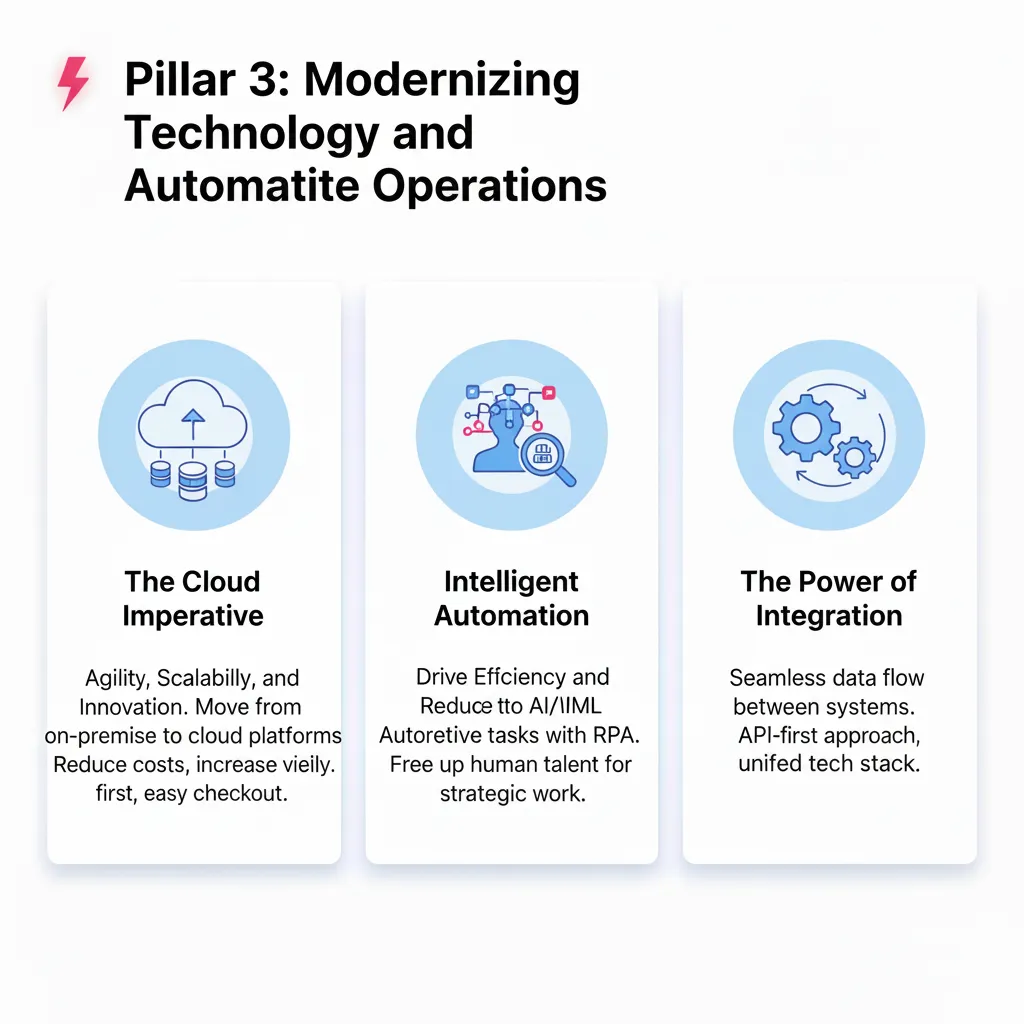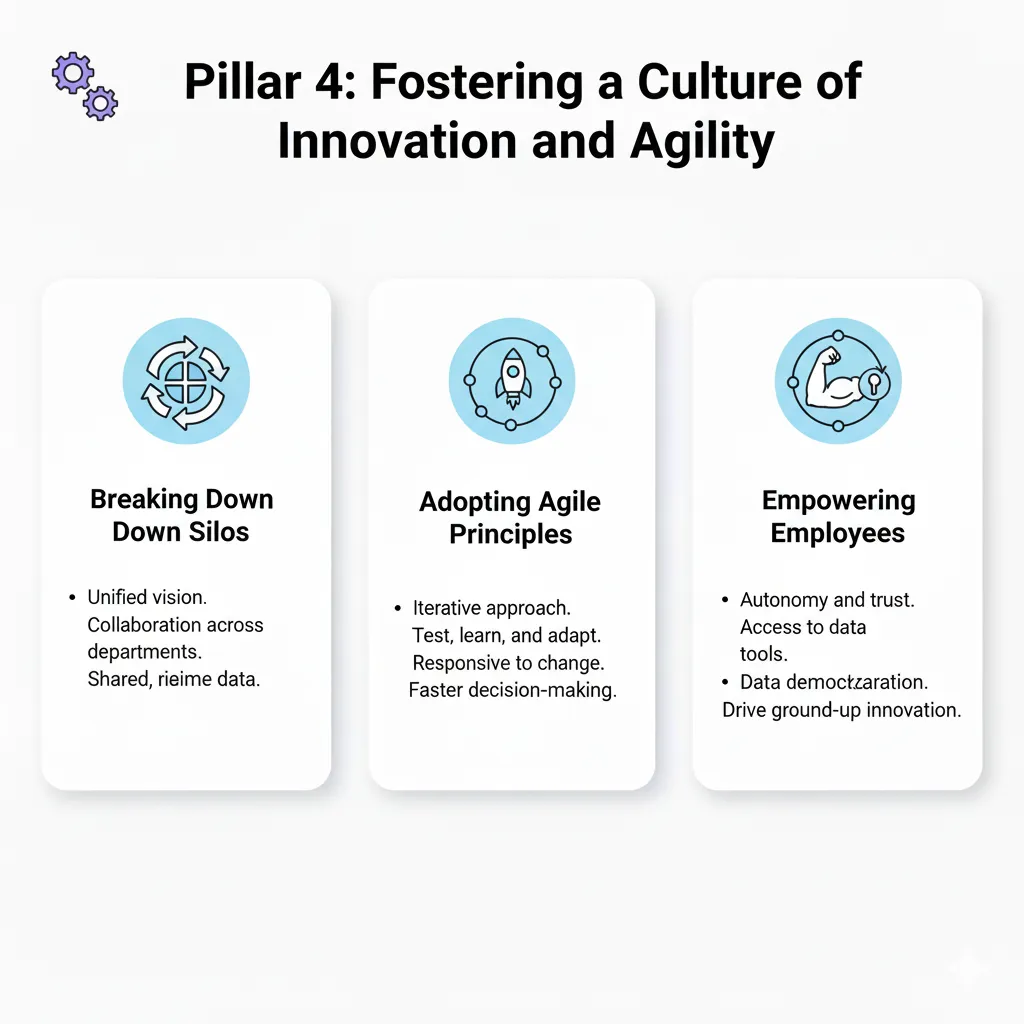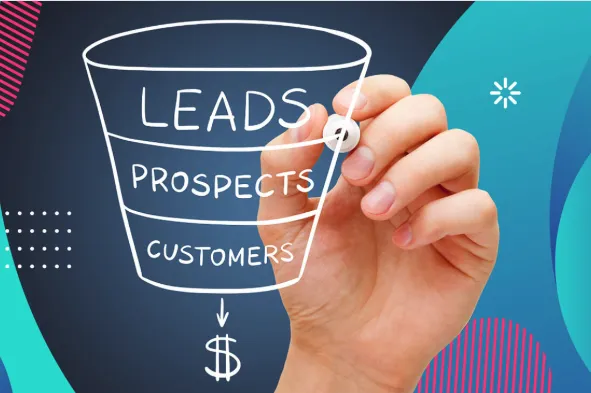
How Marketing Automation Can Triple Your Lead Generation Results
How Marketing Automation Can Triple Your Lead Generation Results
Lead generation remains one of the biggest challenges facing businesses today. Traditional approaches to attracting and converting prospects are becoming increasingly expensive and less effective as markets become more crowded and buyers become more sophisticated. However, businesses that harness the power of intelligent marketing automation are discovering they can dramatically increase their lead generation results while reducing the time and resources required.
The Lead Generation Challenge
Most businesses approach lead generation like throwing spaghetti at a wall to see what sticks. They create content sporadically, send occasional emails, and hope for the best. This scattered approach wastes resources and produces inconsistent results because it lacks the systematic, data-driven approach that modern buyers expect.
Today's prospects are bombarded with marketing messages from every direction. They've developed sophisticated filtering mechanisms to ignore generic, irrelevant communications. Breaking through this noise requires precision, personalization, and persistence that's impossible to achieve through manual marketing efforts alone.
The traditional sales funnel model also fails to account for the complex, non-linear buyer's journey that characterizes modern purchasing decisions. Prospects research extensively before engaging with sales teams, often visiting multiple touchpoints and consuming various content types before they're ready to have a conversation.
The Marketing Automation Advantage
Systematic Lead Nurturing represents the foundation of effective marketing automation. Instead of hoping prospects remember your business when they're ready to buy, automated nurturing sequences maintain consistent contact through valuable, relevant communications. These sequences can run for weeks or months, ensuring no qualified prospect falls through the cracks due to poor timing.
Advanced marketing automation platforms can trigger different nurturing sequences based on prospect behavior, interests, and engagement levels. Someone who downloads a beginner's guide receives different follow-up content than someone who requests a product demo, ensuring every prospect receives communications matched to their specific needs and buying stage.
Behavioral Trigger Campaigns take automation beyond simple email sequences to create responsive, intelligent marketing systems. When a prospect visits your pricing page multiple times, the system can automatically alert your sales team or trigger a special offer. When someone abandons a contact form, they might receive a helpful resource addressing common concerns that prevent form completion.
These behavioral triggers ensure your marketing responds dynamically to prospect actions rather than following rigid, predetermined schedules. The result is more relevant, timely communications that feel personal and helpful rather than automated and generic.
Content Strategy That Converts
Effective marketing automation requires strategic content planning that addresses every stage of the buyer's journey. Top-of-funnel content attracts prospects who are just becoming aware of their problems or opportunities. Middle-of-funnel content helps prospects evaluate solutions and understand their options. Bottom-of-funnel content addresses specific concerns and objections that might prevent purchase decisions.
The most successful automated lead generation campaigns use a variety of content formats to appeal to different learning preferences. Some prospects prefer detailed written guides, while others respond better to video explanations or interactive tools. Automation platforms can test different content types with different audience segments to optimize engagement and conversion rates.
Progressive profiling through automated forms allows you to gather increasingly detailed prospect information over time without overwhelming them with lengthy initial forms. Each interaction captures additional data points that enable more sophisticated segmentation and personalization in future communications.
Lead Scoring and Qualification
One of marketing automation's most powerful capabilities is intelligent lead scoring that evaluates prospects based on both demographic fit and behavioral engagement. Traditional lead qualification relies heavily on basic criteria like company size or industry, but behavioral scoring adds layers of intelligence by tracking how prospects interact with your content and communications.
A prospect who opens every email, visits your website multiple times, and downloads several resources demonstrates much higher engagement than someone who occasionally opens emails but never clicks through. Automated lead scoring systems can weight these behaviors appropriately and alert sales teams when prospects reach predetermined thresholds indicating buying readiness.
Advanced scoring models can also identify negative signals that indicate a prospect is unlikely to convert, allowing marketing teams to reduce their investment in low-probability opportunities and focus resources on higher-value prospects.
Integration and Attribution
Marketing automation platforms integrate seamlessly with CRM systems to provide complete visibility into the lead generation and conversion process. This integration ensures that no prospect information is lost as leads move from marketing to sales, and it enables accurate attribution reporting that shows which marketing activities generate the most valuable customers.
Multi-touch attribution capabilities reveal the complex paths prospects take before converting, helping marketers understand which combination of touchpoints and content pieces contribute most to successful conversions. This insight enables more intelligent budget allocation and campaign optimization decisions.
Measuring and Optimizing Performance
Automated marketing campaigns generate enormous amounts of performance data that can drive continuous improvement. A/B testing capabilities allow marketers to systematically test different subject lines, content formats, send times, and call-to-action approaches to identify the combinations that produce the best results.
Advanced analytics reveal patterns in prospect behavior that might not be immediately obvious. For example, prospects who engage with case study content might convert at higher rates than those who prefer educational content, suggesting opportunities to develop more case study materials or to prioritize case studies in nurturing sequences.
Regular performance analysis and optimization ensure that automated campaigns become more effective over time rather than simply running on autopilot. The most successful marketing automation implementations treat the technology as a testing and learning platform rather than a set-and-forget solution.
Implementation Best Practices
Successful marketing automation implementation requires careful planning and gradual expansion. Start with simple email nurturing sequences for your most important audience segments, then add complexity and sophistication as you become more comfortable with the platform capabilities.
Database segmentation forms the foundation of effective automation. Prospects in different industries, company sizes, or buying stages require different messaging and content. Invest time in developing detailed buyer personas and corresponding segmentation strategies before building automated campaigns.
Content planning should precede campaign development. Map out the content assets you'll need for each stage of your automated nurturing sequences, ensuring you have valuable, relevant materials ready before launching campaigns. Nothing undermines automation effectiveness like generic, low-value content that prospects ignore or unsubscribe from.
Marketing automation transforms lead generation from a hit-or-miss activity into a systematic, measurable business process. Companies that implement these systems effectively often see lead generation results that are two to three times higher than traditional approaches, while requiring less manual effort and producing more qualified prospects for their sales teams.
